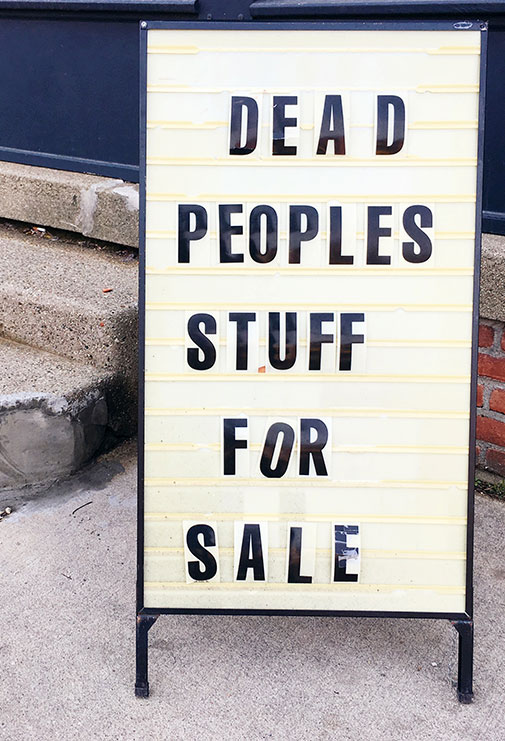- Vol. 05
- Chapter 01

Estate Sale Fiesta
Doña Alegría Bonita de Milagros, a patron of the arts, died in her 18th century compound in New Mexico, with her family and cherished canine companions, Lolita and Chico, by her side. She was 98 years old. At her request, there would be no services. Her ashes would be spread in the foothills of the Sandia Mountains.
Tim and I received a formal invitation and tickets to a private sale of items from the estate that would be auctioned off to the public the following week.
***
LAS PLACITAS
The Estate of the Late Doña Alegría Bonita de Milagros requests the pleasure of your company at El Rancho de las Paloma – the Ranch of the Doves (see Map for directions) – for a private sale fiesta.
A treasure trove of collectibles and mementos from around the world: Spanish colonial furniture and art, Pueblo pottery, sculptures, paintings, prints, photography, indigenous weavings and rugs, Seville vintage feria dresses, castanets, traditional flamenco hair combs, lace mantillas, hand-embroidered silk shawls, and much more.
2-5pm Saturday, by invitation only
Attire: Southwest Chic Libations: Special Grand Gold Margaritas, Sangria Music: Las Mariachis de Frida Kahlo
***
Estate Sale Fiesta
We were on our way to one of the most historic ranches in the American Southwest. There was a short line at the gate when we arrived. Our friends Lupita and Diego joined us.
When we handed over our tickets, we were given a brochure listing items and prices. We were in the first group of forty guests escorted across the courtyard. Las Mariachis de Frida Kahlo musical tunes lingered in the air, and waiters circulated with trays of margaritas and sangria. Today’s event was festive and reminiscent of a wake, but without the deceased to pay respects to.
Everyone was waiting to enter the sala – living room – where one of the walls was devoted to an intricately carved altar, with colorful votive candles, and a stunning mural by Frida Kahlo, a dear friend and confidante of Doña Alegría. The sala was filled with traditional Mexican handmade papel picado – cut-out paper panels – hanging across the ceiling and walls.
We sipped margaritas and moved along to the Pueblo pottery display in the dining room, and then made our way to the sitting rooms where a collection of flamenco dresses and other items from the years Doña Alegría had studied flamenco dancing in Sevilla, Spain.
Tim and I settled our bill and headed to Tomasita’s Santa Fe Station to meet his parents for dinner.
“How was it?” Tim parents asked. “An impressive collection and groupings brilliantly displayed,” I said, smiling. “Doña Alegría certainly made her contribution to artists around the world.” “We found a beautiful black-on-black bowl by Maria Martinez to add to our San Ildefonso Pueblo pottery collection,” Tim added, “and my better-half couldn’t resist the call of the vintage castanets from Spain!”
